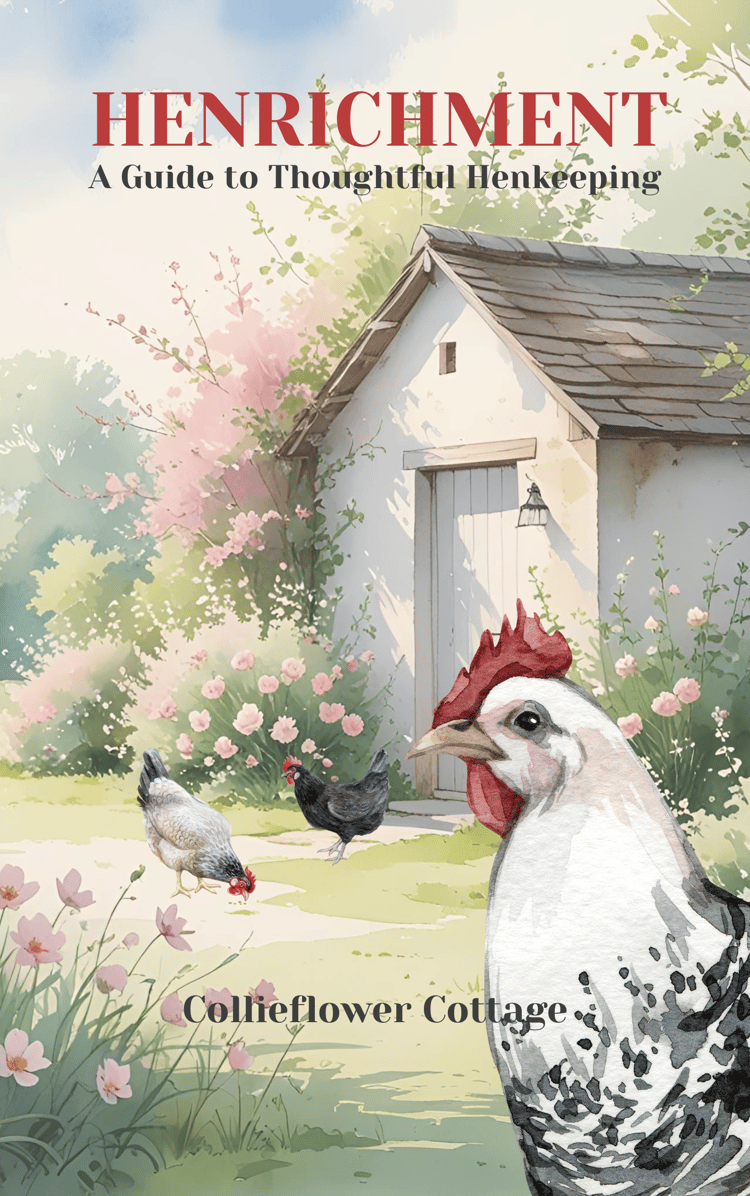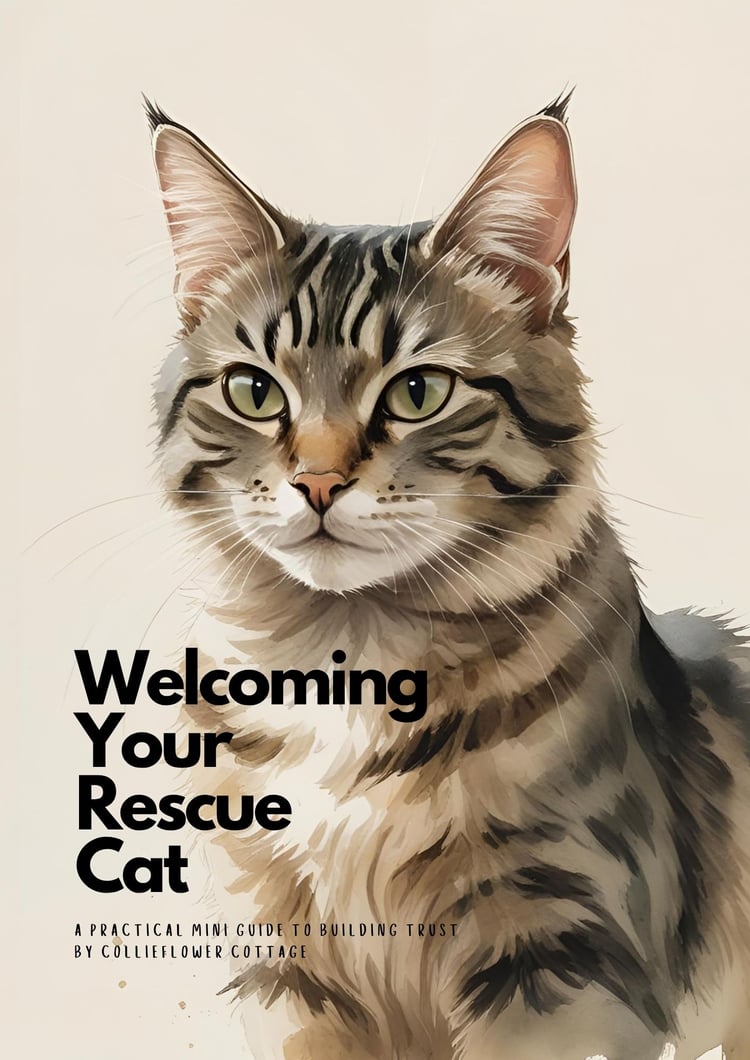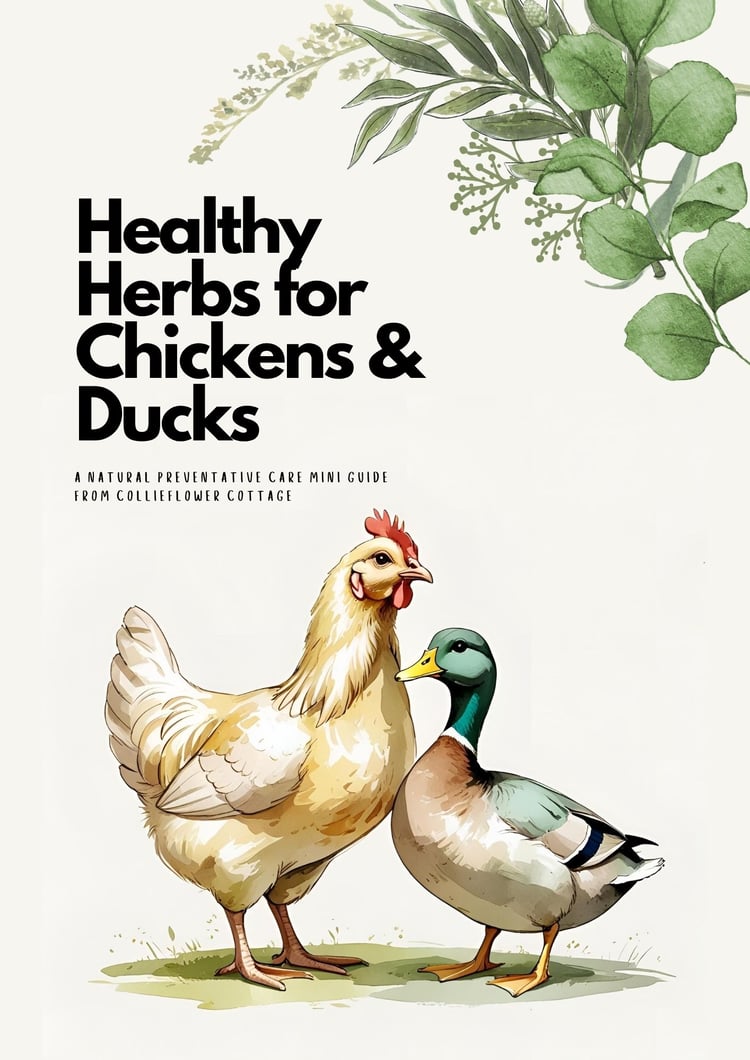They arrive into the world unable able to see, their bodies fragile and new. Instinct pulls them toward warmth, toward a steady presence they’ve never met but already somehow know. A low hum, a heartbeat, the safety of quiet, close embrace. That first bond is everything. It sets the rhythm for life.
We understand this with dogs - it’s why puppy farming is so widely condemned. We recognise what’s taken when a mother is removed too soon. We realise that the bond between mother and pup isn’t optional—it’s foundational. A mother offers more than milk. She offers stability, comfort, learning. She is a beacon in an unfamiliar world.
But what if the animal in question isn’t a dog? What if they’re a chicken?
In homes, classrooms, and garden sheds across the UK, fertilised eggs are routinely hatched in small-scale incubators. The kits are widely available, the process simple: order online, receive your eggs in the post, place them inside the incubator, monitor the temperature, and wait for the moment of wonder - if they’re among the 50–70% that successfully make it to hatching.
But what happens next is rarely discussed.
In natural conditions, a mother hen begins caring for her chicks long before they hatch. She doesn’t just sit on the nest—she turns each egg carefully many times a day, adjusting the temperature and humidity with instinctive precision. But more than that, she speaks. In low, rhythmic clucks, she calls to the chicks inside their shells—and they call back. Their bond forms and her voice slows their heart rate and coordinates their movements. They imprint on her sound. By the time they hatch, they already know who she is.
But chicks hatched artificially miss out on far more than their mother’s comforting presence. Behavioural studies show that without a mother, chicks rest less, synchronise poorly with others, and show elevated stress responses. They are more fearful, more prone to injuring one another, and more difficult to socialise into stable flocks. Their circadian rhythms are disrupted. Their coping strategies are weaker. What looks like independence is often just disorientation masked by survival instinct.
By contrast, mother-raised chicks show faster learning, more secure rest patterns, and more complex social behaviour. The mother regulates their environment, yes —but she also regulates their brain and body. Her calls, her movements, even the way she gathers them under her wings, all support emotional development. In mammals, we’d call it nurture. In birds, we tend not to call it anything at all.
While often framed as a hands-on way to teach life cycles, classroom hatching projects are facing growing scrutiny. In 2023 a coalition of animal welfare organisations began calling for chick-hatching projects to be removed from UK primary school guidance. Led by Animal Aid, the campaign urges the Department for Education to eliminate references to hatching and rearing chicks from Year 5 curriculum materials—arguing that these projects treat living animals as disposable teaching tools. But what are we really teaching children when we hatch eggs in classrooms?
The intent may be good but the model is flawed. Most school hatching projects incubate eggs artificially, brood chicks under heat lamps, and rehome them—often within a week or two of hatching. Some end up in backyard flocks. Some, especially males, are returned to the egg supplier and culled. Some live alone as novelty garden ornaments in well meaning teacher’s back yards. What’s framed as “a lesson in life” begins with maternal deprivation and often ends in premature death. We say it teaches care. But what kind of care excludes the most basic relationship an animal is wired to expect and then throws them to the wolves when the science topic changes?
There are alternatives. The most natural is allowing dependent animals to stay with their mother until they’re developmentally ready—something that offers clear welfare benefits. Where that isn’t possible, broody hens can be used in small flocks to provide a more species-appropriate rearing experience. Even in artificial setups, tools like dark brooders and maternal sound systems are available, though they’re still uncommon outside commercial contexts. In many hobbyist and educational settings, however, rearing practices often remain basic—focused on function rather than welfare
We know early separation from their mother’s causes behavioural issues, chronic stress, and lifelong social problems for dogs. But we know this about chickens too. The difference isn’t in the animals themselves but rather in how we categorise them. Puppies are seen as individuals worthy of compassionate treatment. Chickens are still seen as things. It’s not science that draws that line—it’s culture. And that culture is lagging far behind what we know about sentience, development, and the critical role of early maternal care. It doesn’t take anthropomorphism to recognise that chicks benefit from being raised by their mothers. It just takes consistency in the application of our knowledge and morals. The evidence for the importance of maternal care spans species. Ignoring it in birds isn’t just inconsistent—it’s unscientific.
When we defend that bond in dogs, but deny it in birds, we’re not just making choices about welfare—we’re revealing who we think matters. And who doesn’t. Maybe the real question isn’t whether hatching chicks is educational or harmless. Maybe it’s this: Who deserves a mother? And why are we so comfortable deciding that some animals don’t?
Our articles are free because we want as many people as possible to think about animal welfare. You can support our mission to provide sanctuary to more animals and tell more of their stories by visiting our store, sending a gift or sharing our articles on social media









Comments ()